Love reliving history, immersing yourself in local culture and tracing the steps of our forebears, but hate getting jostled by other tourists for the best photo ops and vantage points? We hear you. We’ve scoured UNESCO’s official list of 1.154 cultural World Heritage Sites to bring you some of the most unsung and overlooked gems encompassing thousands of years of human history. By all means make notes for your bucket list, but keep the best secrets for yourself…
Tarragona, Spain
When you’re finished elbowing for space among the tourists at Barcelona’s cultural sites, head southwest along the coast – and back in time – to Tarraco, the ancient name of the city that is now Tarragona. Founded in the 3rd century BC, Tarraco was the oldest Roman settlement on the Iberian Peninsula, its ruins standing as a testament to the empire’s advanced architectural techniques; here they worked with the natural landscape to create manmade terraces, with the administrative buildings at the top and residential districts descending to the port and the sea. Visit the vestiges of antiquity, such as the Praetorium, Roman Circus and seaside Amphitheatre, but don’t forget to take in the living culture as well, such as the festivals in which locals build incredible human towers called castells.
Old City of Mostar, Bosnia and Herzegovina
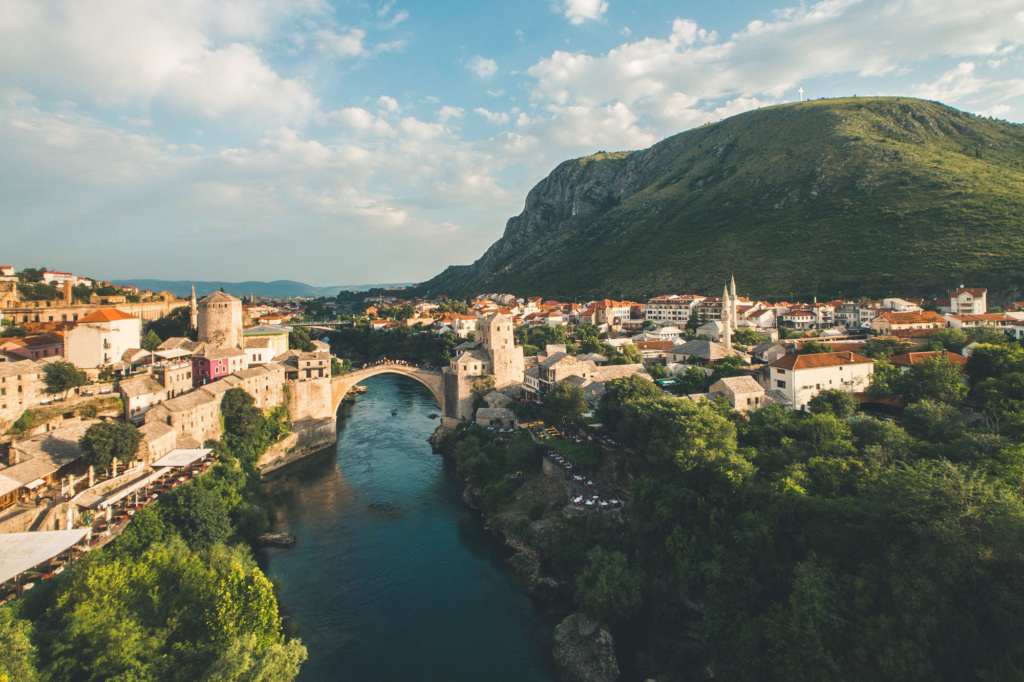
Make a list of famous bridges, and we bet Stari Most won’t be anywhere near the top. But what it lacks in star power, this old bridge – and the surrounding historic district – makes up for in powerful symbolism. Originally built in the 15th and 16th centuries, the pretty town of Mostar was a melting pot of architectural influences from the Ottoman Empire, Mediterranean and western Europe. That is, until it was destroyed in the Bosnian War of the 1990s. Now rebuilt, the bridge and its old town stand as a monument to reconciliation, international cooperation and the peaceful coexistence of ethnic and religious communities.
Tokaj Wine Region, Hungary
Gently sloping vineyards, idyllic river valley villages, medieval cellars cut from volcanic rock: the allure of this romantic place alone warrants a visit, but it’s the region’s thousand-year-old winemaking tradition that merits Tokaj a place among the world’s cultural treasures. Thanks to the region’s unique microclimate that favours the growth of Botrytis cinerea, or ‘noble rot’, the area is able to produce one of the world’s foremost (and perhaps oldest) natural sweet wines, Tokaji Aszú, favoured by royalty for centuries. Tour the wineries, taste the singular wines, and explore the labyrinthine cellars – some used for winemaking, some for wine storage, and others as social centres for their respective communities.
Cornwall and West Devon Mining Landscape, England, UK
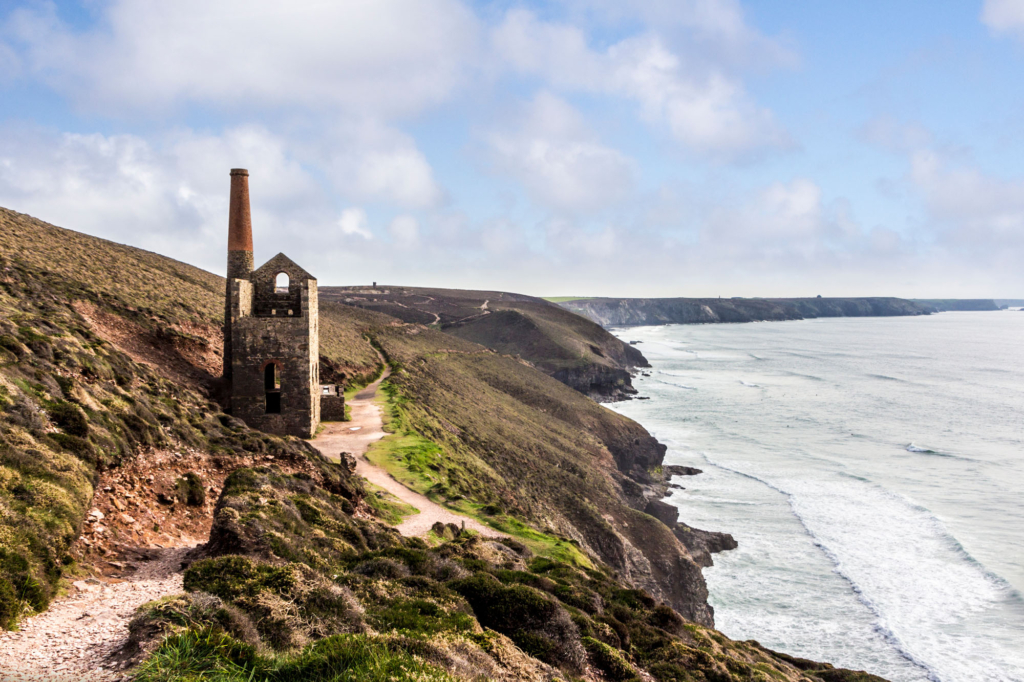
[Photo: big-ashb/Flickr]
While many of the inclusions on this list transport us to ancient and prehistoric times, we don’t always have to go that far back to find fascinating sites of great interest and import. Take, for instance, the mining landscapes of southwest England. Encompassing ten places of significance spread across 20,000 hectares and featuring engine houses, foundries, ports, new towns and entire mines, the area tells the story of the British Industrial Revolution and its pivotal impact on the wider world in the 18th and 19th centuries. Venture deep into a real 18th century mine at the Geevor Tin Mine, complete with interactive displays and mining activities. Cycle the trails of the Copper Kingdom in Gwennap, or take in dramatic cliff top ruins of the Wheal Coates Tin Mine engine house at St Agnes.
Mogao Caves, Gansu Province, China
Anything dubbed the “Caves of the Thousand Buddhas” has a lot to live up to, and the Mogao Caves certainly do just that. Carved into cliffs above the Dachuan River in the Gobi Desert, along what was once the bustling Silk Road, the site boasts some incredible stats: 492 caves containing 45,000 square metres of murals and over 2,000 painted sculptures, all representing 1,000 years of Bhuddist art stretching from the 4th to the 14th century AD. According to UNESCO, it represents “the largest, most richly endowed, and longest used treasure house of Buddhist art in the world”. Visits are only possible via a guided tour booked through a somewhat confusing and inconvenient ticketing process, but the experience is, by all accounts, totally worth it.
Hampi, Karnataka, India
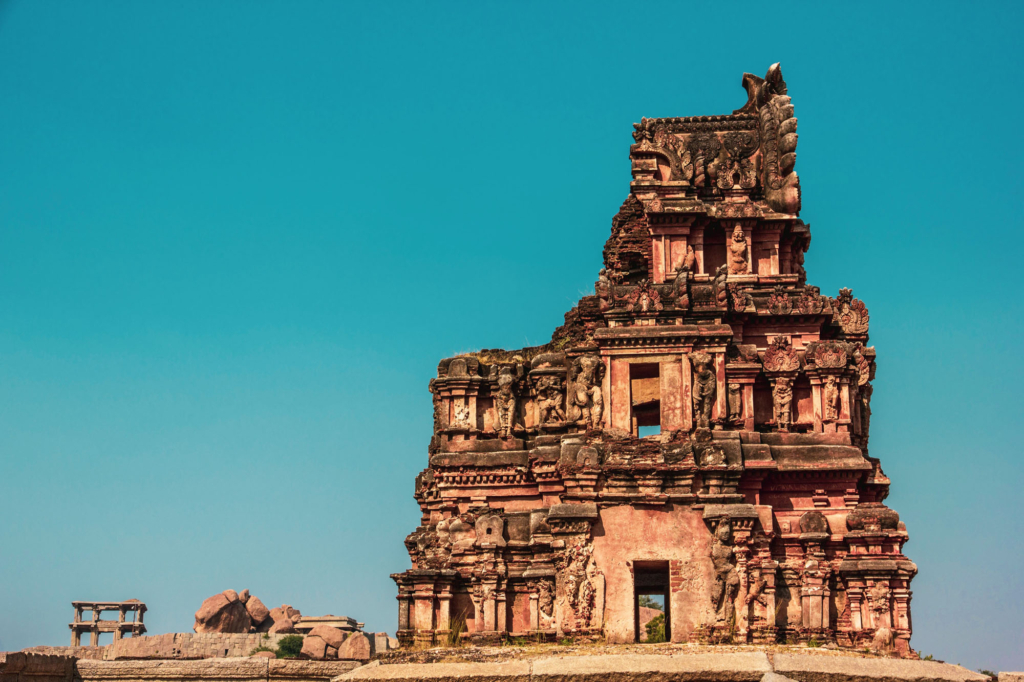
Majestic Dravidian temples backed by craggy red mountains, flanked by palm groves, dotted with mysterious boulders and quenched by the waters of the Tungabhadra River – seriously, why isn’t this already on your bucket list? Flourishing between the 14th and 16th centuries, Hampi was the last capital of the great Hindu kingdom of Vijayanagar, that is until it fell to the Deccan Muslim confederacy in 1565, was pillaged and finally abandoned. Today we can see more than 1,600 surviving structures, from palaces to shrines, forts and temples, and the site maintains its religious importance to Hindus who come to pray and hold festivals at spiritual sites such as the sprawling Vitthala Temple and the towering Virupaksha Temple.
Ayutthaya, Thailand
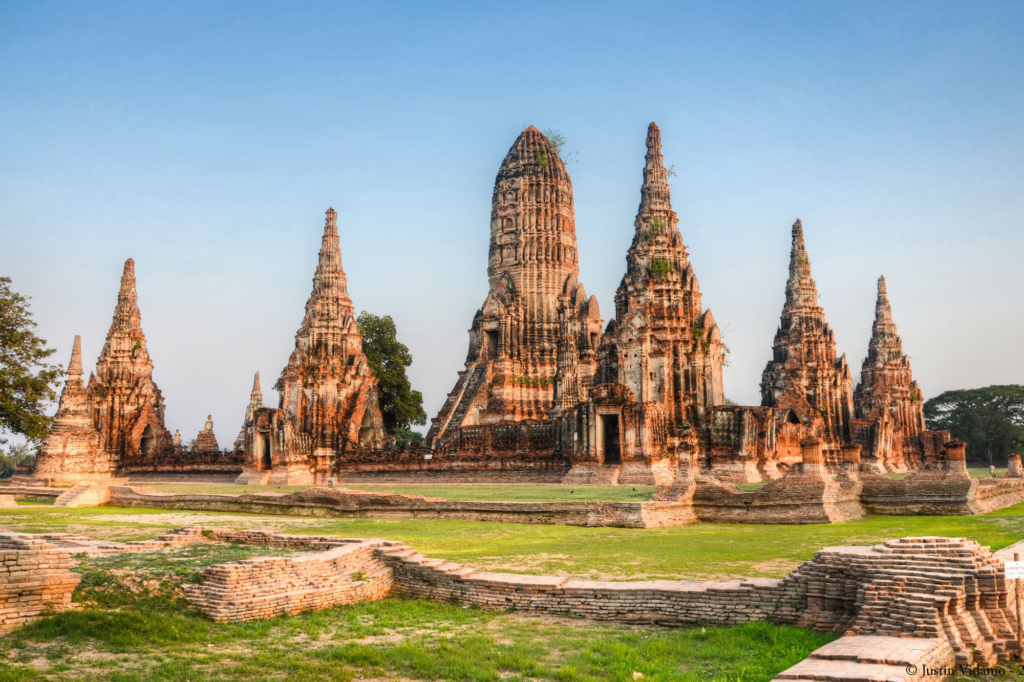
[Photo: Justin Vidamo/Wikimedia Commons]
Before it was sacked by the Burmese army in 1767, Ayutthaya was a glittering city of one million inhabitants, a vibrant centre of world commerce and diplomacy often compared with the likes of Paris and Venice. Never rebuilt, Ayutthaya is now a shadow of its former self, home to roughly 55,000 people – and the many ruins that tell the tale of its once-illustrious past. What remains of the magnificent palaces, temples and Buddhist monasteries gives visitors an idea of the splendour and beauty the city previously possessed. Only an hour’s drive north from Bangkok, a trip to Ayutthaya is relatively easy to work into any Thai itinerary. Hiring a bicycle is recommended for taking in the monuments at the designated historical park as well as those scattered about the city.
Mesa Verde National Park, Colorado, USA
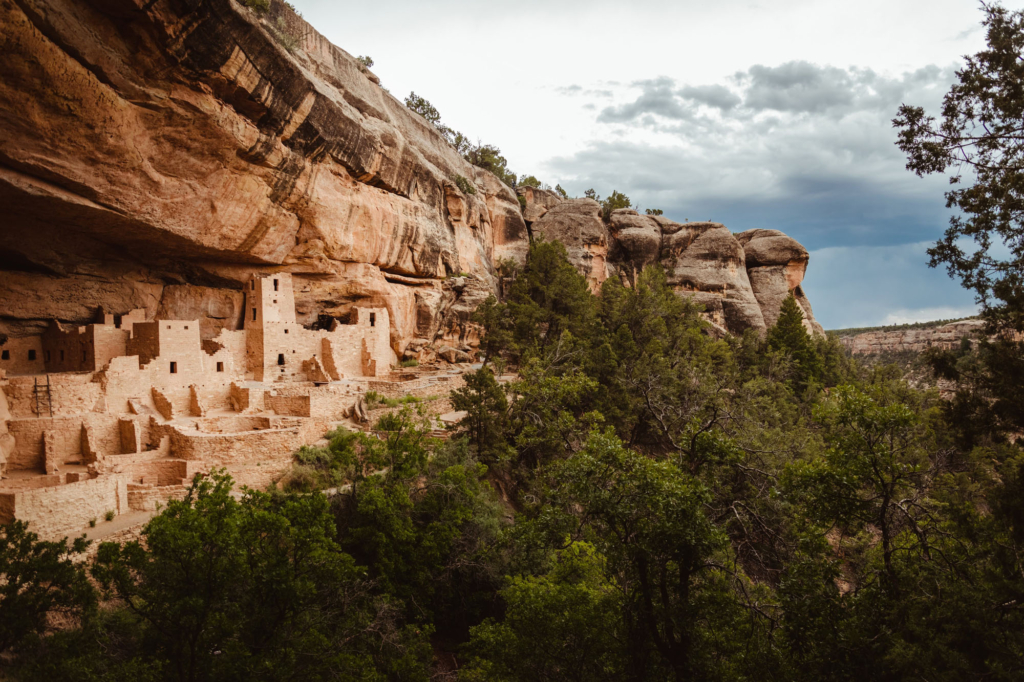
Dramatic canyons, sweeping vistas and wild horses are not all that await in this protected area of the American Southwest. These windswept high desert lands are the ancestral home of the Pueblo people who settled the region from about 450 to 1300 AD, and who left more than 600 dwellings etched into the side of cliffs, ranging in size from small homes to entire villages; the most famous of which are the Cliff Palace, Balcony House and Square Tower House. The public is allowed to visit the cliff dwellings, but most are only accessible as part of a guided tour. Hiking the park trails to enjoy bird’s-eye views of many of the archaeological sites, however, is free.
Coffee Cultural Landscape of Colombia
Colombian coffee is famous throughout the world for its rich flavour, but UNESCO is more interested in its other qualities, namely the sustainable traditions and small mountain farms that make such a brew possible. Six farming landscapes in the Cauca Valley of the Colombian Andes have joined the UNESCO fold, representative of the collaborative, small-plot coffee farming traditions established by Antioquian settlers in the 19th century and handed down through generations, in order to cultivate these challenging high forest lands and their precipitous slopes. The sites also include 18 urban settlements that blend Spanish and indigenous architectural styles. Take a road trip through this unique landscape, stopping in delightful cities like Pereira, Armenia and Manizales, enjoying hikes through the magical hills, and of course, touring the coffee farms to see how this vital crop is harvested and prepared – and how it tastes.
Historic Centre of Salvador de Bahia, Brazil
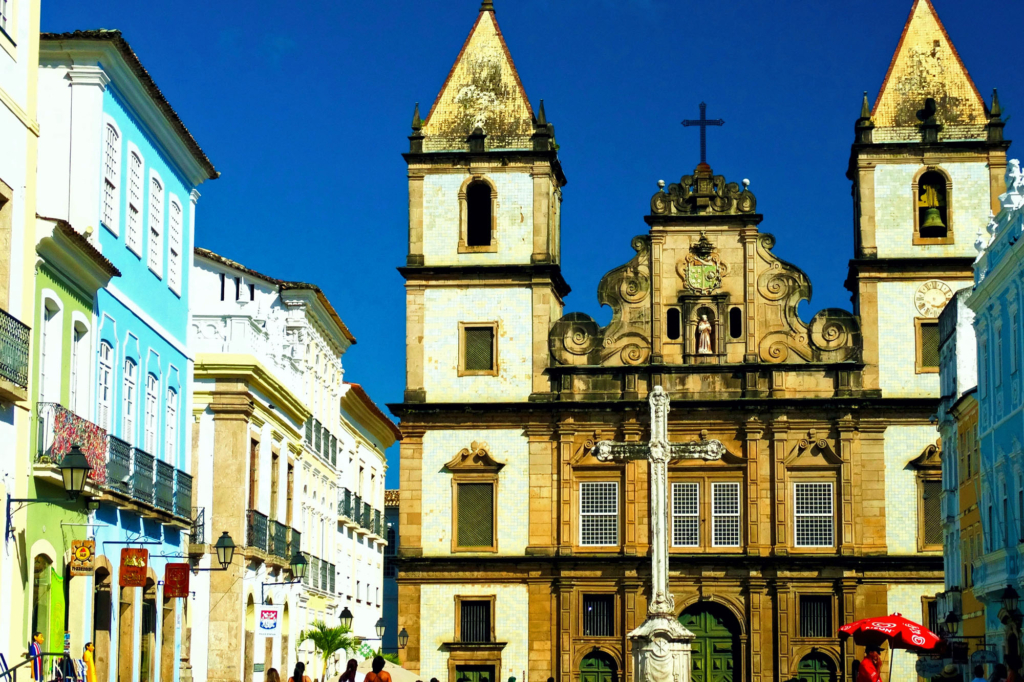
Salvador was Brazil’s first capital, established in 1549 on a peninsula along the coast of what is now Bahia state. The city’s historic centre, particularly the Pelourinho district, is favoured for its vividly coloured houses festooned with fine stucco work, as well as its grand plazas, palaces and Baroque churches dating back centuries. All of this splendour, however, belies a dreadful past: Salvador was home to the first slave market in the New World, and much of its wealth was won from the toils of enslaved Africans. Though the city doesn’t seem to be facing its dark history head-on – there are no monuments to the slaves, nor educational offerings aside from one small museum focusing on Afro-Brasileiro history – Salvador is vocally proud of its rich patchwork of cultural influences from Africa, Europe and indigenous communities. Come for the pretty scenery, stay for the unique Afro-Brazilian traditions, from gravity-defying capoeira to heat-pounding samba-reggae music and sweat-inducing zestful cuisine.
Jesuit Missions of the Guaranis, Argentina and Brazil
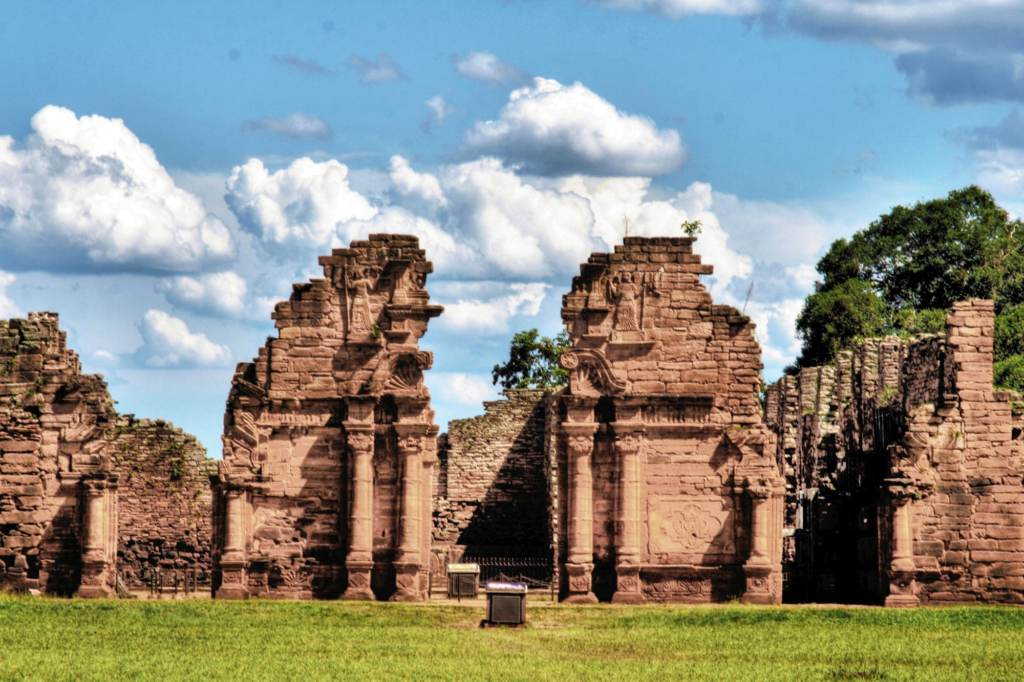
[Photo via Wikimedia Commons]
Another beautiful monument with a somewhat dubious past, this UNESCO inclusion is a collection of sites encompassing the ruins of five 17th- and 18th-century Jesuit Mission settlements: São Miguel Arcanjo in Brazil, and Santa Ana, Nuestra Señora de Loreto, Santa María la Mayor and San Ignacio Miní in Argentina. The Jesuits erected magnificent buildings using a combination of Spanish Baroque architecture and indigenous technology and resources, adorning their churches with the religious symbolism of both Catholicism and native traditions. Though the missionaries were here to convert and ‘cultivate’ the local Guarani Indians, they also intended to live peacefully among them, offering the indigenous communities economic prosperity and protection from slave hunters. Of the five sites, Argentina’s San Ignacio Miní is the most revered for its red brick ruins that cut a striking figure against the verdant jungle backdrop.
Tsodilo Hills, Botswana
Rising from the Kalahari bush in northwestern Botswana, this rock formation is often called the “Louvre of the Desert” for its high concentration of prehistoric rock art: more than 4,500 rock paintings within an area of 10 square kilometres. The oldest of the artworks are said to be 24,000 years old, while archaeological records indicate that the site has provided shelter and resources to humans for at least 100,000 years. In fact, the Tsodilo Hills still hold immense spiritual and cultural significance to the local San and Hambukushu people, who believe it to be the home of their ancestral spirits. The site must be visited with a local guide, and it features a small museum housing archaeological finds from the area. A six-hour drive from Maun, it’s not exactly a convenient location for most travellers; pack a tent and plenty of provisions, and plan to camp at the designated community campground. Alternatively, book into a luxury nature lodge and take a helicopter excursion to visit the site.

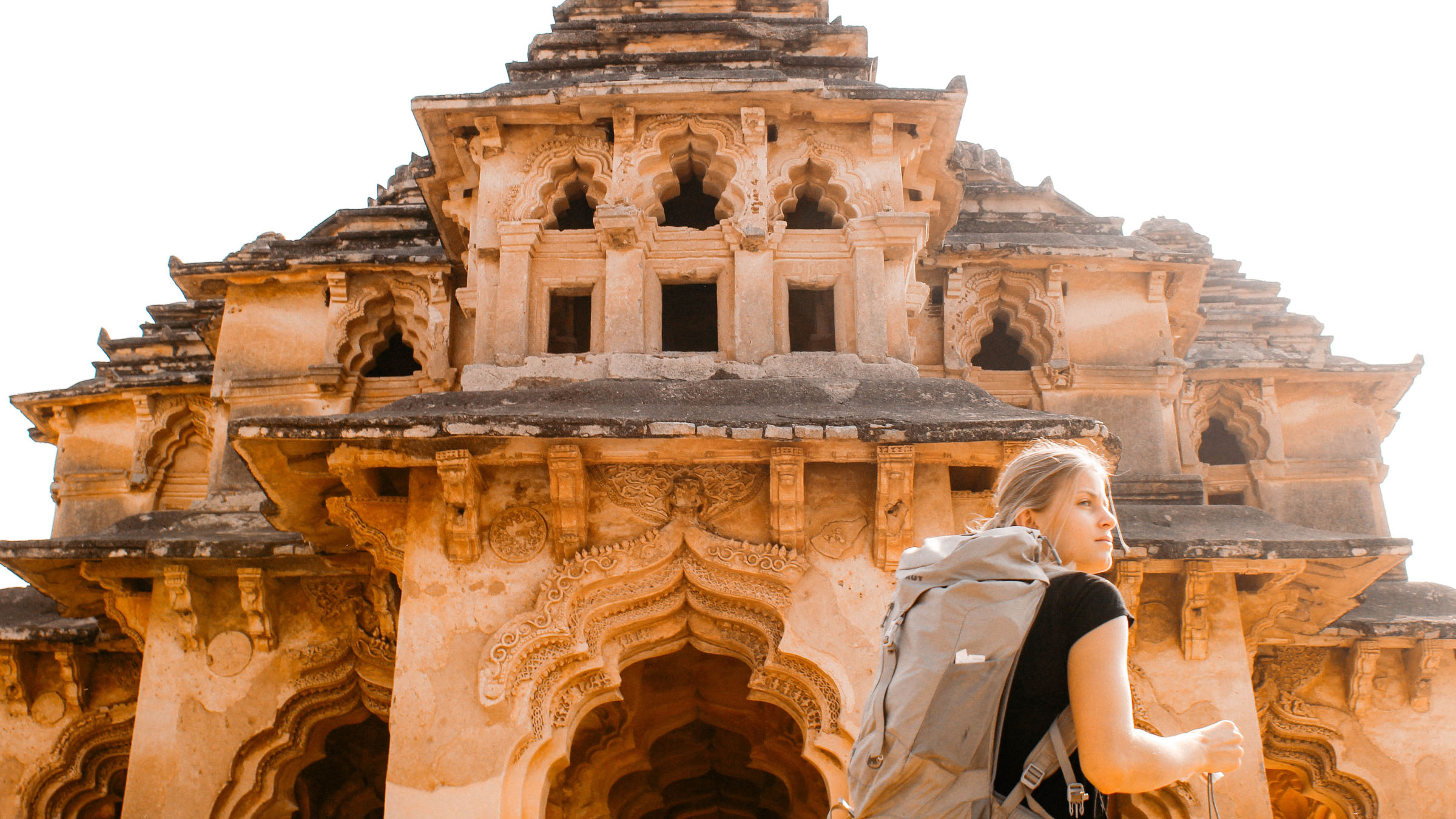
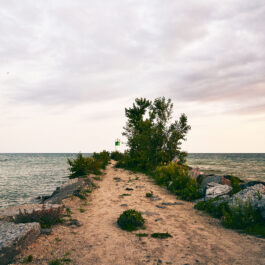








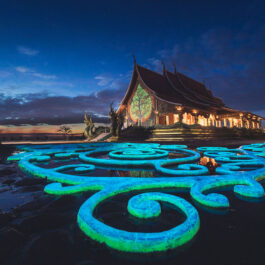


Sorry, the comment form is closed at this time.